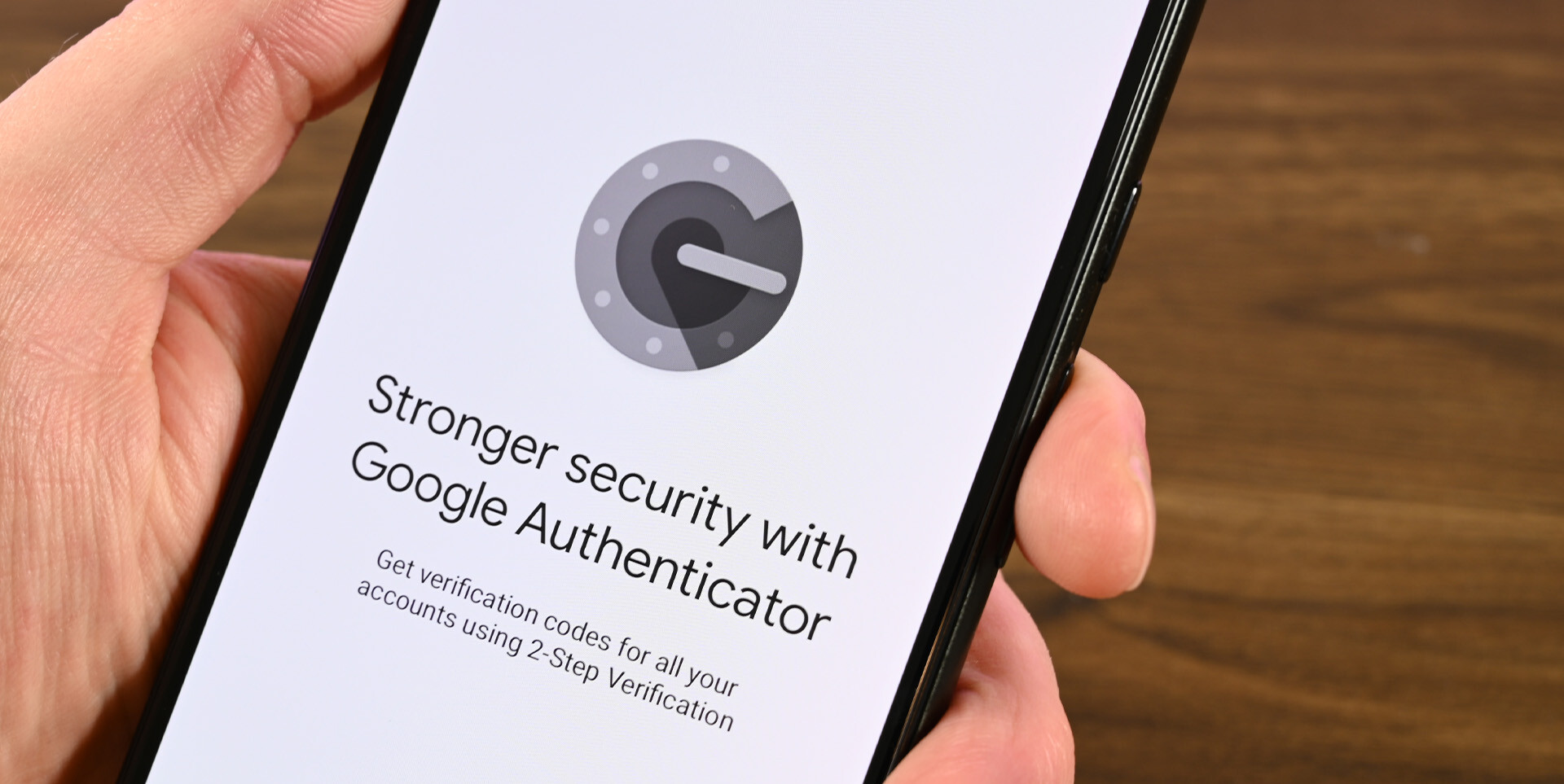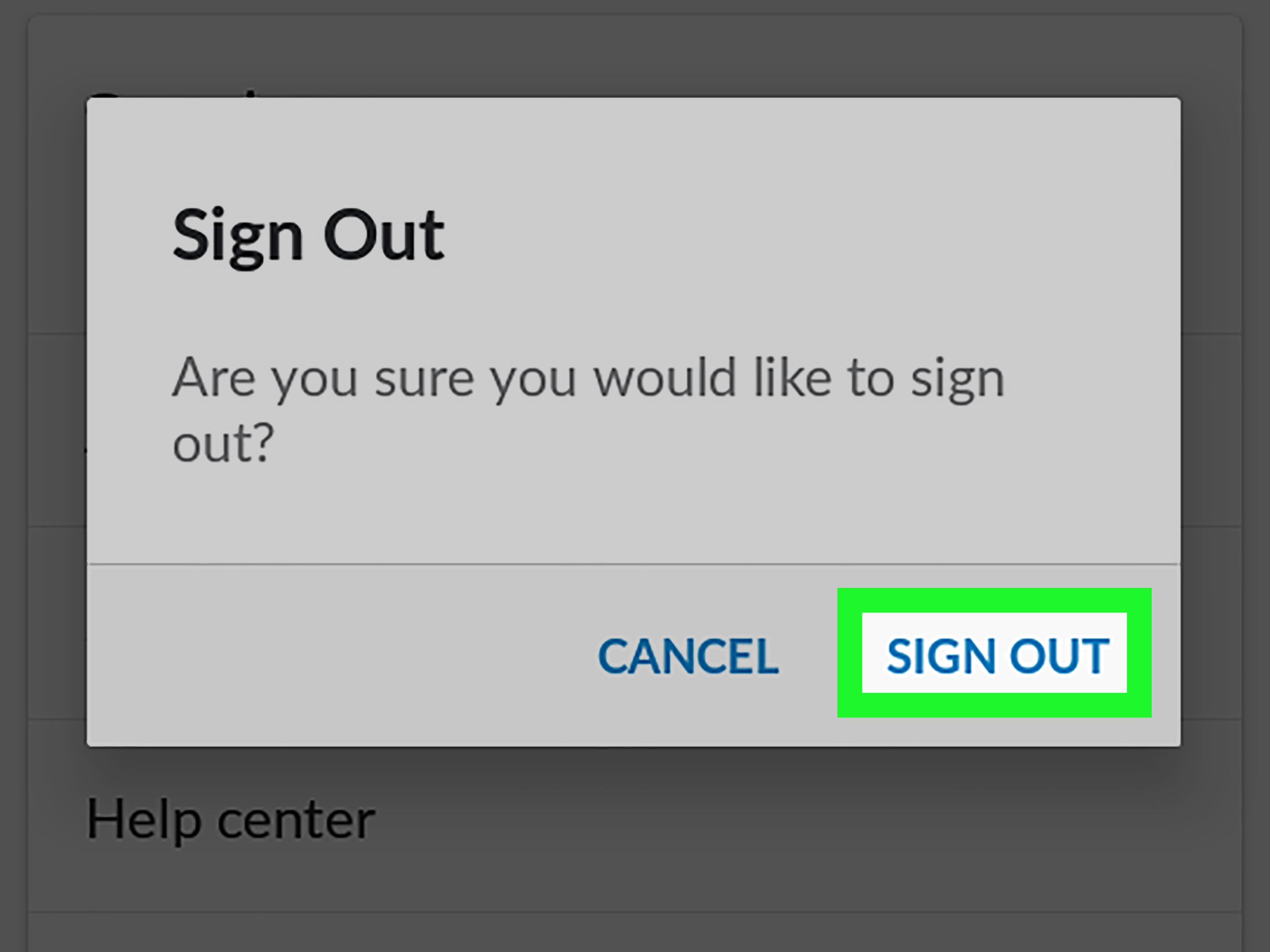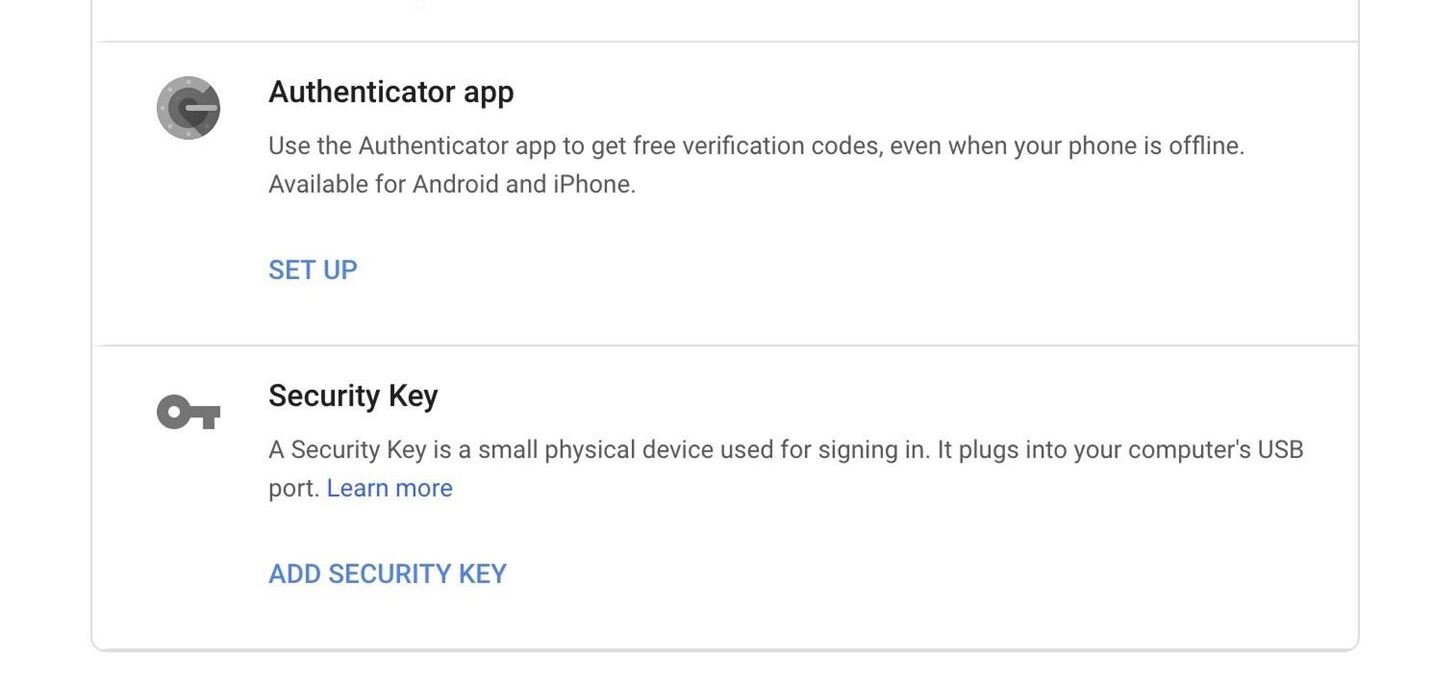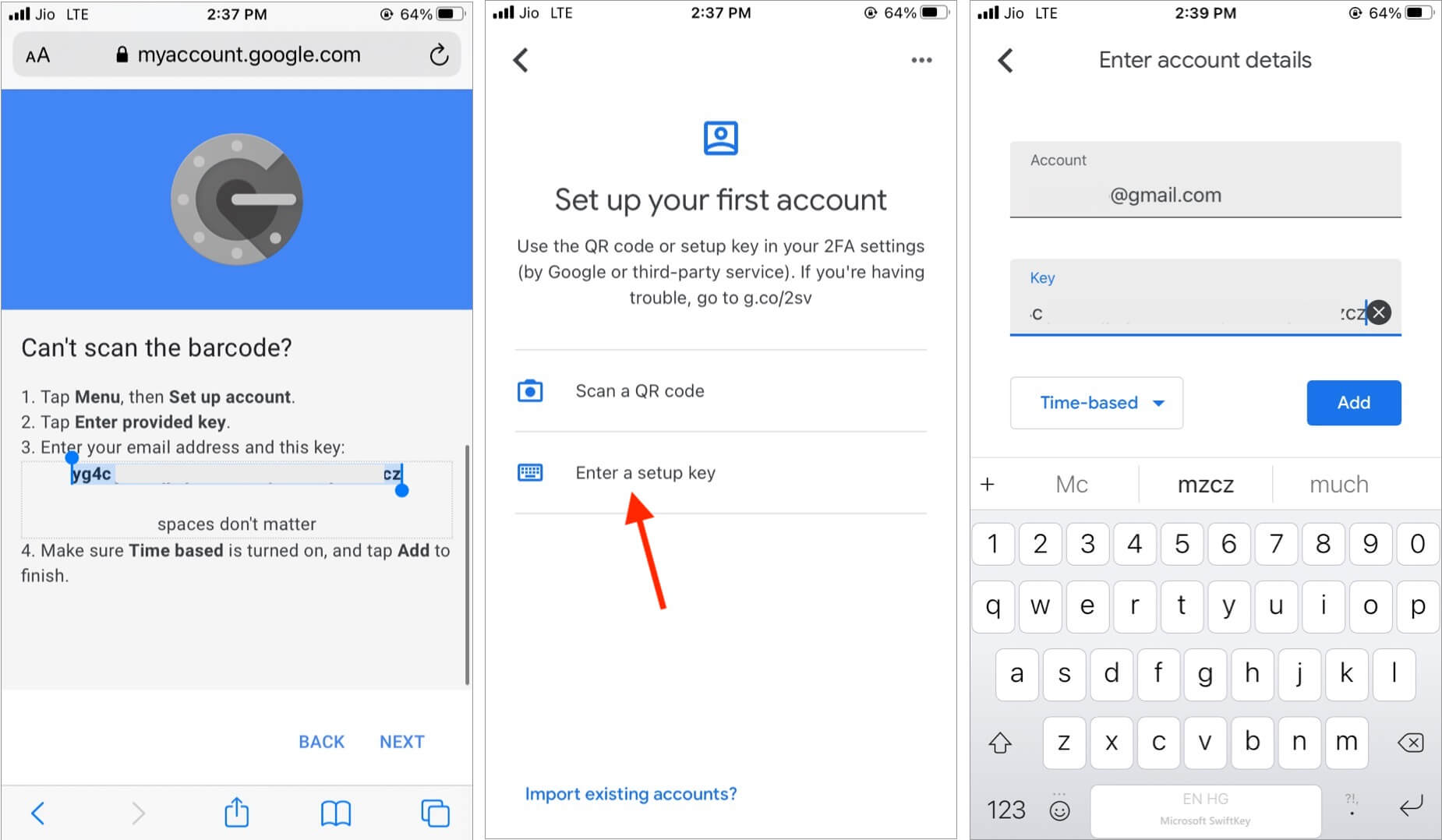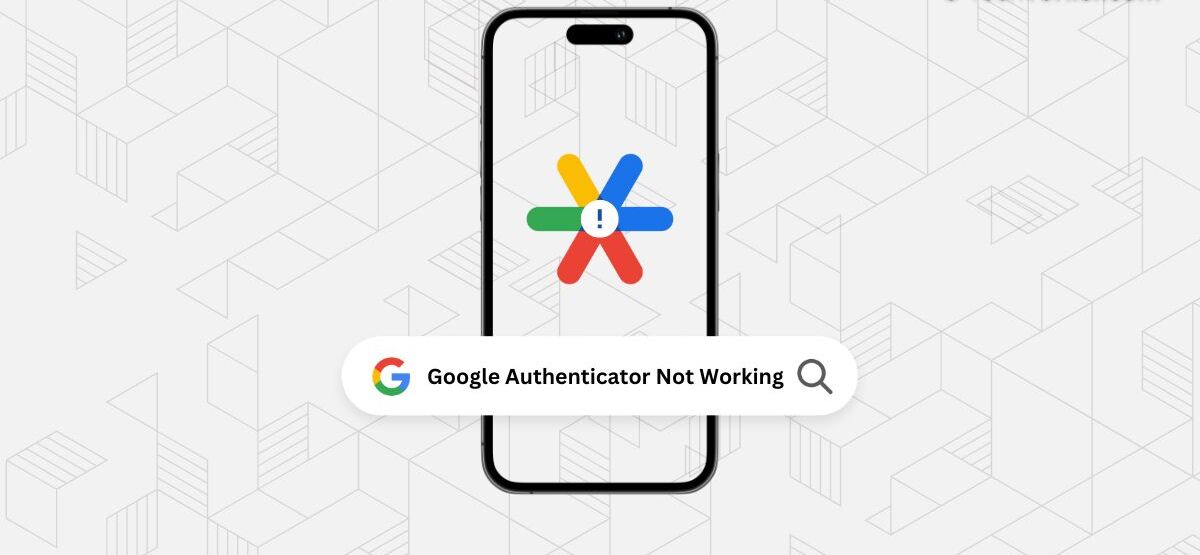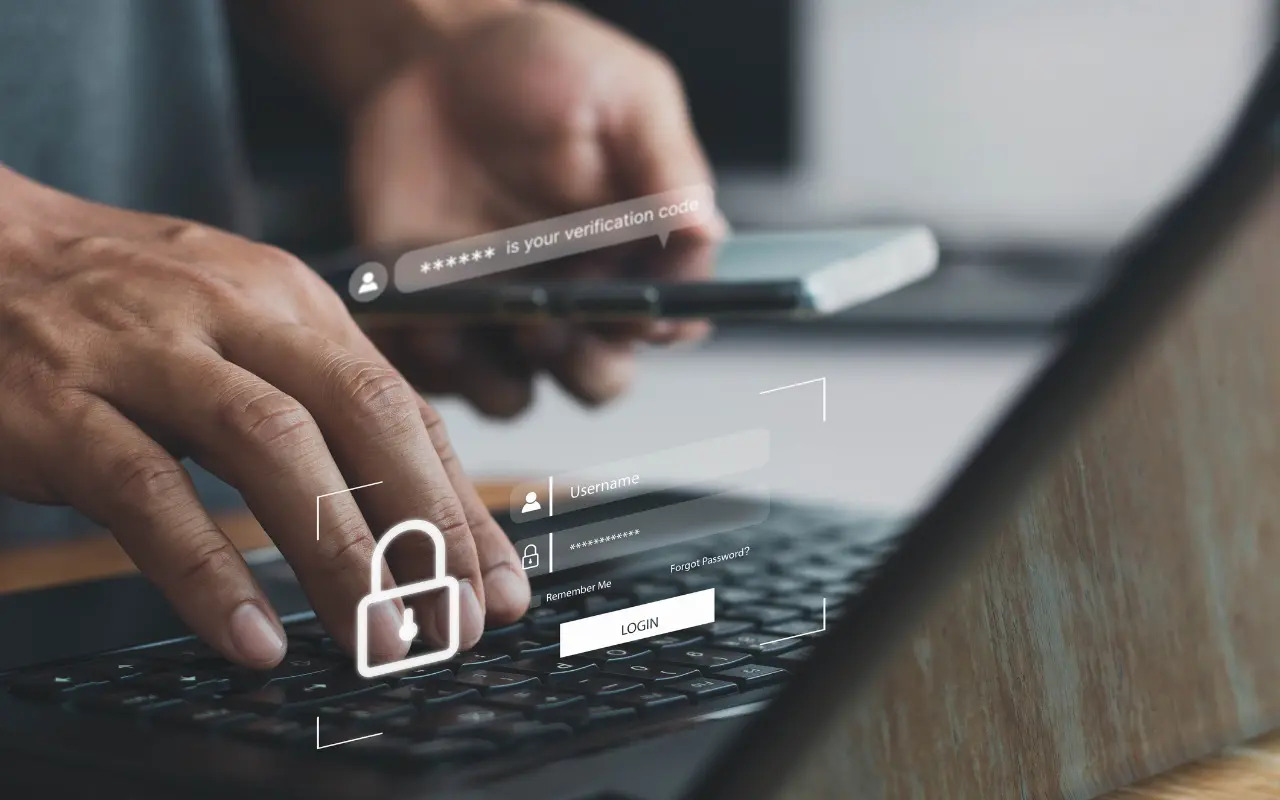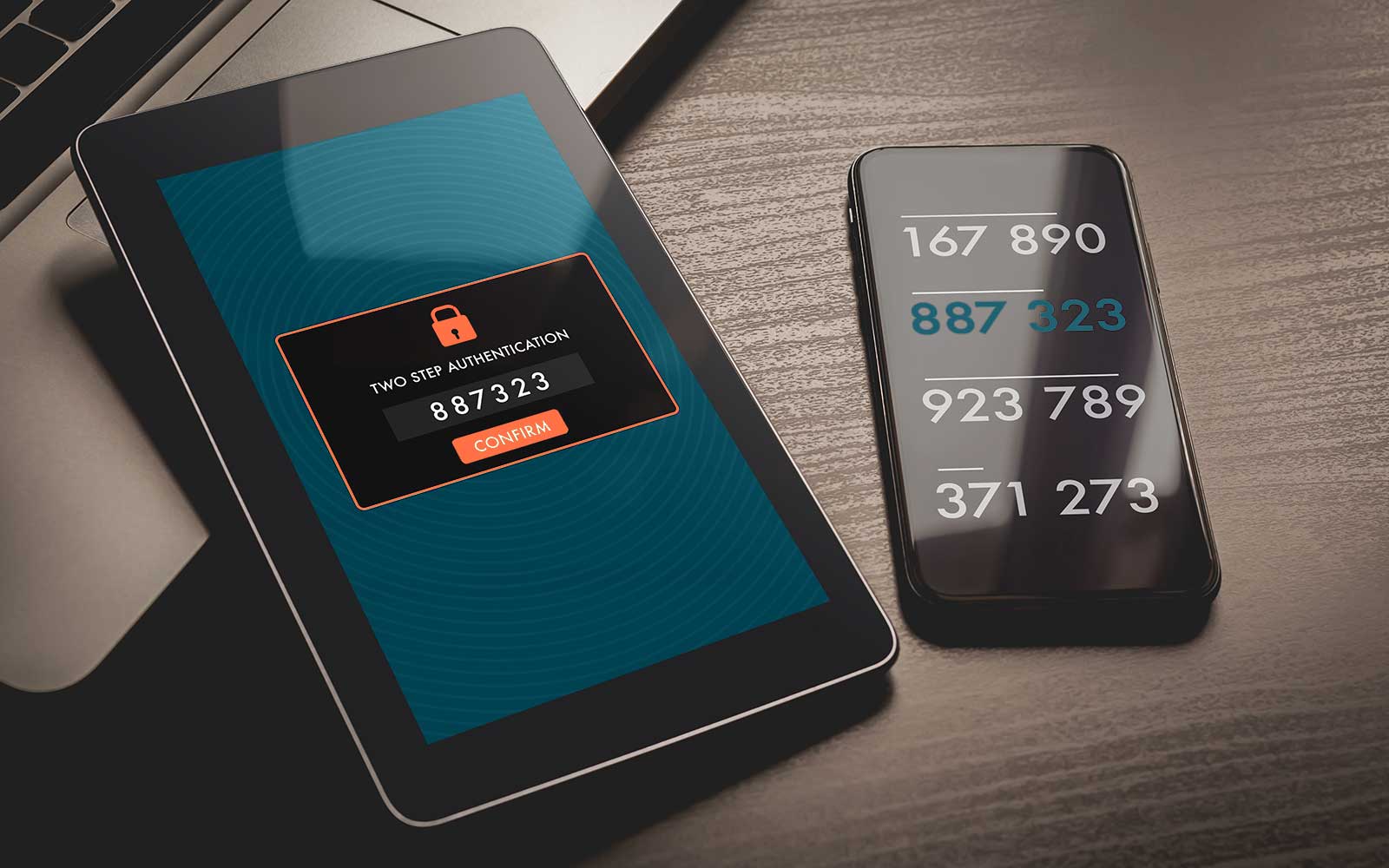Introduction
With the rise of online security threats and the increasing importance of protecting our personal accounts and data, it’s essential to have a reliable two-factor authentication (2FA) solution in place. Google Authenticator is one such tool that has gained popularity among users and organizations.
Google Authenticator is a free app developed by Google that offers an extra layer of security to your online accounts. It works by generating unique, time-sensitive codes that you can use to verify your identity when logging into supported websites and applications.
In this article, we will explore how Google Authenticator works, the benefits of using it, popular websites and apps that utilize this authentication method, how to set it up, tips for using it securely, common issues you may encounter, and troubleshooting steps.
Before we delve into the details, it’s crucial to note that 2FA, such as Google Authenticator, adds an extra layer of protection to your accounts. It requires not only your username and password but also a second form of verification to gain access. This reduces the risk of unauthorized access, even if your password is compromised.
Now, let’s dive into the world of Google Authenticator and discover how it can enhance your online security experience.
How Google Authenticator Works
Google Authenticator works based on the Time-based One-Time Password (TOTP) algorithm. When you enable 2FA for a supported website or application, it generates a secret key that is stored on your device. This secret key, combined with the current time, is used to generate a unique, time-sensitive code.
To use Google Authenticator, you first need to download and install the app on your device, which is available for iOS and Android. Once installed, you can add your online accounts to the app by either scanning a QR code or entering the secret key manually.
When you need to log in to a website or application that has 2FA enabled, you simply open the Google Authenticator app and enter the time-sensitive code generated on your device. This code is valid only for a short period, typically 30 seconds, and is unique for each login attempt.
The TOTP algorithm ensures that the code generated by Google Authenticator is synchronized with the server’s clock, allowing for accurate verification. This adds an additional layer of security, as the code is valid only for a brief time, making it extremely difficult for attackers to intercept and use it after it expires.
It’s important to note that Google Authenticator does not require an internet connection once it’s set up on your device. This means that even if you are in an area with no internet access, you can still generate valid codes for login verification.
In summary, Google Authenticator uses the TOTP algorithm to generate unique, time-sensitive codes that are used for two-factor authentication. This adds an extra layer of security to your online accounts and helps protect them from unauthorized access.
Benefits of Using Google Authenticator
Using Google Authenticator as your preferred two-factor authentication method offers several benefits that can greatly enhance the security of your online accounts:
- Enhanced Account Security: By adding an extra layer of authentication, Google Authenticator significantly reduces the risk of unauthorized access to your accounts. Even if your password is compromised, an attacker would still need the time-sensitive code generated by the app to gain entry.
- Compatibility with Multiple Websites and Apps: Google Authenticator is widely supported by major websites and applications, including Google, Facebook, Twitter, Dropbox, and more. This means you can use a single app to generate codes for multiple accounts, making it convenient and accessible for your online security needs.
- Offline Code Generation: Google Authenticator generates codes locally on your device, eliminating the need for an internet connection during the authentication process. This ensures that you can securely access your accounts even in areas with limited or no internet access.
- Reduced Reliance on SMS: While SMS-based two-factor authentication is commonly used, it has its limitations. SMS messages can be intercepted or delayed, making them less secure. Google Authenticator eliminates this risk by generating codes directly on your device, without relying on SMS-based verification.
- Quick and Easy to Set Up: Setting up Google Authenticator takes just a few simple steps. Once installed on your device, you can easily add new accounts by scanning QR codes or manually entering the secret key. The straightforward setup process ensures that you can quickly start using it to secure your online accounts.
- Increased Privacy: Since Google Authenticator does not require your phone number or email address for verification, it provides an additional layer of privacy. You have more control over the information you share, reducing the chances of your personal details being compromised.
Incorporating Google Authenticator into your online security practices offers the above benefits, giving you peace of mind when it comes to safeguarding your valuable accounts and sensitive information. By investing a little time in setting up and using Google Authenticator, you can significantly enhance the security of your online presence.
Popular Websites and Apps that Use Google Authenticator
Google Authenticator is widely supported by numerous websites and applications across various industries. Here are some popular platforms that utilize Google Authenticator for two-factor authentication:
- Google: As the creator of Google Authenticator, Google incorporates this authentication method for securing various services, including Gmail, Google Drive, Google Calendar, and Google Photos.
- Facebook: Facebook offers the option to enable two-factor authentication using Google Authenticator. By turning on this feature, you can enhance the security of your Facebook account.
- Twitter: To add an extra layer of protection to your Twitter account, you can link Google Authenticator for two-factor authentication. This helps prevent unauthorized access to your tweets and account settings.
- Dropbox: As a popular cloud storage and file-sharing service, Dropbox recognizes the importance of account security. By integrating Google Authenticator, you can better safeguard your Dropbox files and documents.
- Amazon Web Services (AWS): AWS provides businesses with a comprehensive cloud computing platform. To enhance the security of AWS accounts, Google Authenticator can be used as an additional layer of verification.
- Evernote: Evernote, a note-taking and organization platform, allows users to enable two-factor authentication using Google Authenticator. This ensures that your personal notes and information are well protected.
- GitHub: GitHub, a platform for version control and collaborative coding, supports Google Authenticator for improving the security of user accounts and their code repositories.
- WordPress: WordPress, a popular content management system, offers the option to enable two-factor authentication using Google Authenticator. This helps safeguard your WordPress website from unauthorized access.
- Microsoft: Microsoft supports the use of Google Authenticator for two-factor authentication on various services, such as Outlook.com, OneDrive, and Xbox Live, ensuring an added layer of security for your Microsoft accounts.
- LastPass: LastPass is a widely-used password manager that allows users to enhance their account security by enabling Google Authenticator for two-factor authentication.
These are just a few examples of the many websites and apps that support Google Authenticator for two-factor authentication. It’s worth noting that the popularity and adoption of Google Authenticator continue to grow, as more platforms recognize its effectiveness in protecting user accounts and sensitive information.
How to Set Up Google Authenticator
Setting up Google Authenticator is a straightforward process that involves a few simple steps. Here’s how you can get started:
- Download and Install the App: Start by downloading the Google Authenticator app from the App Store (for iOS users) or the Google Play Store (for Android users). Install the app on your mobile device.
- Add an Account: Launch the app and tap on the (+) or “Add Account” button to begin adding your first account.
- Choose Add Account Method: On the “Add an account” screen, you will have two options to add your account:
- Scan a QR Code: If the website or app you’re setting up 2FA for provides a QR code, select this option. Point your device’s camera at the QR code to scan it.
- Enter a Provided Key: If you have a secret key provided by the website or app, select this option. Enter the key manually into the Google Authenticator app.
- Verify the Code: Once you’ve added the account, the app will generate a time-based code. Enter this code into the website or app you’re setting up. This verifies that the setup was successful.
- Backup Your Accounts: It’s crucial to back up your accounts to avoid losing access if you switch devices or encounter any issues. Most websites or apps will provide backup options, such as saving the QR code or secret key. Ensure you follow the recommended backup process for each account.
- Repeat for Additional Accounts: If you have multiple accounts to set up with Google Authenticator, repeat the above steps for each one.
- Enjoy Enhanced Security: Once set up, Google Authenticator will provide you with time-based codes for each account you’ve added. Use these codes when prompted during the login process to complete the two-factor authentication.
Remember, it’s important to keep your device secure to maintain the integrity of your Google Authenticator codes. Set a strong screen lock password, enable fingerprint or facial recognition, and avoid rooting or jailbreaking your device to minimize the risk of unauthorized access to your codes.
By following these simple steps, you can easily set up Google Authenticator and start enjoying the enhanced security it offers for your online accounts.
Tips for Using Google Authenticator Securely
While Google Authenticator provides enhanced security for your online accounts, it’s important to follow certain best practices to ensure its effectiveness. Here are some tips to help you use Google Authenticator securely:
- Secure Your Device: Keep your mobile device protected with a strong screen lock password, PIN, pattern, fingerprint, or facial recognition. This prevents unauthorized access to your device and ensures the security of your Google Authenticator codes.
- Enable Backups: Most websites or apps that support Google Authenticator will offer an option to back up your accounts. Make use of this feature to safeguard your accounts in case you switch devices or lose access to your primary device.
- Keep Your Backup Methods Secure: If you choose to save QR codes or secret keys for account backups, ensure you store them securely. Consider using encrypted storage or password-protected offline options to prevent unauthorized access.
- Regularly Update Your Device and Apps: Keep your device’s operating system and the Google Authenticator app updated to benefit from security patches and bug fixes. Outdated software may have vulnerabilities that could potentially compromise your device and its apps.
- Avoid Rooting or Jailbreaking Your Device: Modifying your device’s operating system through rooting (Android) or jailbreaking (iOS) can undermine the security features of your device, including Google Authenticator. Avoid these practices to maintain the integrity of your device’s security measures.
- Be Cautious with Screenshots: Taking screenshots of your Google Authenticator codes may seem convenient, but it poses a security risk. Avoid saving or sharing screenshots that display sensitive information, as they could be accessed by unauthorized individuals.
- Use Strong Account Passwords: While Google Authenticator adds an extra layer of security, it is still crucial to have strong, unique passwords for your online accounts. Combine uppercase and lowercase letters, numbers, and special characters to create robust passwords that are difficult to guess or crack.
- Enable Two-Factor Authentication Whenever Possible: While Google Authenticator provides an additional layer of security, it’s always recommended to enable two-factor authentication (2FA) for all your accounts whenever possible. This adds an extra barrier to protect your information.
- Keep Your Device and Codes Private: Treat your device and the Google Authenticator codes generated on it as sensitive information. Do not share your device or codes with others, as it could compromise the security of your accounts.
- Regularly Review Authorized Applications: Periodically review the apps that have access to your Google Authenticator codes. Remove any apps that you no longer use or trust to ensure the security of your accounts.
By following these tips, you can strengthen the security of your Google Authenticator usage and protect your online accounts from unauthorized access.
Common Issues with Google Authenticator and How to Troubleshoot Them
While Google Authenticator is generally a reliable and secure two-factor authentication tool, there may be some common issues that users encounter. Here are a few of these issues and some troubleshooting steps you can take to resolve them:
- Device Change or Loss: If you switch to a new mobile device or lose your existing device, you may lose access to your Google Authenticator codes. To avoid this, ensure you have enabled backups for your accounts. You can restore your accounts to the new device, either by scanning QR codes or using the secret keys provided during the initial setup.
- Time Sync Issue: Google Authenticator relies on accurate time synchronization to generate valid codes. If the time on your device is not in sync with the server, the codes may not work. Ensure that the time and time zone settings on your device are correctly configured or set to automatic time synchronization.
- Code Rejection: In some cases, codes generated by Google Authenticator may be rejected by the website or app you’re trying to authenticate with. This can occur due to various reasons, such as incorrect time settings or a temporary glitch. In such cases, try generating a new code and attempting the login again.
- Incorrect Account Setup: If you encounter issues while setting up your accounts with Google Authenticator, double-check that the QR codes or secret keys are entered correctly. Mistyping or misinterpreting the code can result in authentication problems. Make sure to carefully follow the instructions provided by the website or app during the setup process.
- Device Compatibility: Google Authenticator is available for both iOS and Android devices. However, there may be instances where certain websites or apps only support one platform. Before setting up Google Authenticator, ensure that it is compatible with the device you’re using and the website or app you want to secure.
- Lost Secret Key: If you’ve saved the secret key provided during setup, you can easily regain access to your accounts on a new device. However, if you’ve lost the secret key and have not set up any backups, you may need to go through account recovery processes provided by individual websites or apps.
- Inaccurate QR Code Scanning: When scanning QR codes during setup, make sure you have good lighting conditions and hold your device steady to ensure accurate scanning. If you encounter issues with scanning, try adjusting the brightness or manually enter the secret key instead.
- Multiple Accounts and Confusion: If you have multiple accounts set up in Google Authenticator, it’s essential to correctly identify and select the correct account during the login process. Ensure you associate the right code with the corresponding account to prevent confusion and avoid potential login errors.
If you encounter any issues with Google Authenticator, it’s recommended to refer to the support documentation provided by the specific website or app you’re using. Often, they will provide detailed troubleshooting steps tailored to their platform. Additionally, reaching out to their customer support can help in resolving any persistent issues.
By understanding these common issues and following the troubleshooting steps mentioned above, you can overcome potential obstacles and continue to benefit from the enhanced security provided by Google Authenticator.
Conclusion
Google Authenticator is a powerful tool that enhances the security of your online accounts through two-factor authentication. By generating unique time-sensitive codes, it adds an extra layer of protection and reduces the risk of unauthorized access, even if your password is compromised.
In this article, we explored how Google Authenticator works and the benefits of using it. We also highlighted popular websites and applications that support Google Authenticator for added security. Additionally, we provided step-by-step instructions on how to set up Google Authenticator, tips for using it securely, and troubleshooting steps for common issues that users may encounter.
By following best practices such as securing your device, enabling backups, keeping your backup methods secure, and regularly updating your device and apps, you can maximize the benefits of Google Authenticator while minimizing potential vulnerabilities.
Remember to always use strong account passwords, enable two-factor authentication wherever possible, and keep your device and Google Authenticator codes private. By implementing these measures, you can effectively protect your online accounts and sensitive information from unauthorized access.
In conclusion, Google Authenticator provides a simple yet robust solution for improving the security of your online accounts. By incorporating this two-factor authentication method into your online security practices, you can enhance your personal security and gain peace of mind in an increasingly interconnected digital world.







